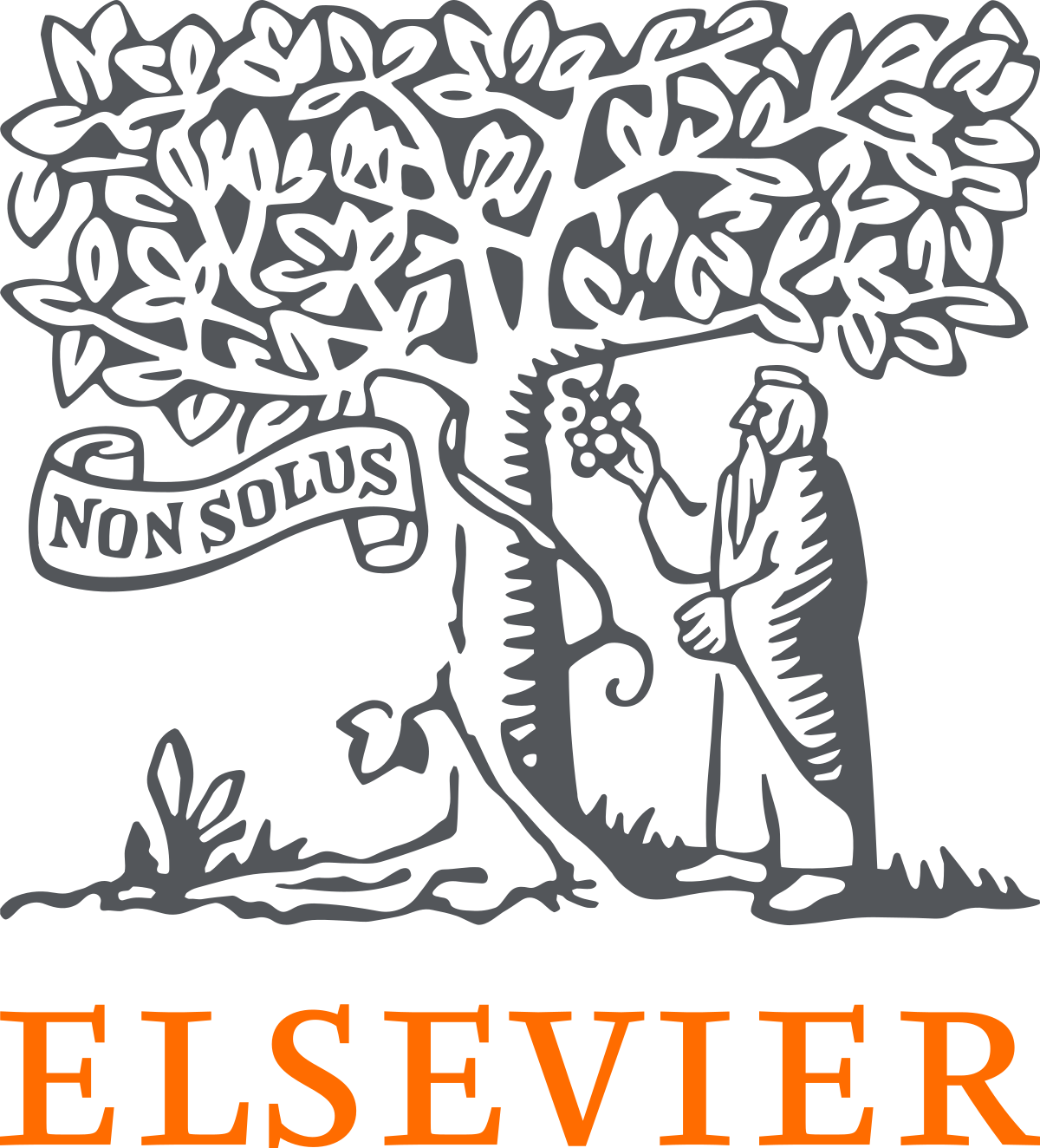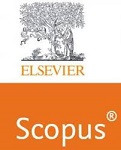Application of 3D Laser Scanner in Digitization and Virtual Reality of Numido-Punic Funerary Monument: The Soumaa's Mausoleum (Constantine, Algeria)
Keywords:
Soumaa of El Khroub Mausoleum, Algeria, Risks, digital documentation and data management, Static Terrestrial Laser Scanning (TLS), Virtual reality.Abstract
Algeria's cultural heritage, from ancient structures to stunning landscapes, serves as a powerful symbol of both its national identity and humanity's shared knowledge. The Soumaa of El Khroub, a Numido-Punic mausoleum in north-east Algeria, dating from the 2nd century BC, it was classified as a national monument in 1900 and recognized by UNESCO in 2002. However, despite its inestimable value, this heritage faces a number of risks, whether natural, environmental or anthropogenic. Although institutions recognize its importance, lack of proper maintenance and harmful actions are contributing to irreversible damage. The aim of this research is to develop a digital documentation, visualization of a funerary monument and data management. monument through the creation of a detailed 3D model. This involves employing laser scanning TLS 3D and point cloud processing to obtain precise measurements of the monument's components, aiming at facilitating restoration and preservation efforts. It will be also accessible to researchers, curators, architects and other professionals. To cover the entire site, 17 scanning stations have been planned, including 13 for the monument itself and 4 for the site as a whole. The end result will be a three-dimensional representation of the monument with all its dimensional details, incorporating a variety of data such as structural, architectural, historical and technical aspects. In addition, to enhance the cultural importance of the monument, the data from the 360-degree scan was used to create a virtual reality experience, enriched with descriptive texts and photographs. This initiative demonstrates a positive commitment to the use of virtual reality as an educational tool, offering visitors an interactive immersion in the history and significance of the monument. This innovative also makes it accessible to a wider audience, fostering a greater understanding and appreciation of its historical and cultural significance.
Downloads
References
The authors would like to acknowledge the support of the Centre de Recherche en Aménagement du Territoire in Algeria and the Office of Management and Exploitation of Cultural Property OGEBC in Constantine, Algeria.
References
Aïbèche, Y, (2003). « Le mausolée royal de la Soumaâ », L’Algérie au temps des royaumes numides, Sennequier, G et Colonna, C (dir.), Paris,Somogy, p. 97-100.
Azil, C., Vicario, M. (2023). Learning from the past: old and new ksour in the M’Zab Valley (Algeria). Restauro Archeologico, 30(1). https://doi.org/10.36253/rar-14286
Bruno, N., Mikolajewska, S., Roncella, R., and Zerbi, A. (2022). integrated processing of photogrammetric and laser scanning data for frescoes restoration, Int. Arch. Photogramm. Remote Sens. Spatial Inf. Sci., XLVI-2/W1-2022, 105–112, https://doi.org/10.5194/isprs-archives-XLVI-2-W1-2022-105-2022, 2022.
Berbrugger, A (1843). Algérie historique, pittoresque et monumentale : recueil de vues, monuments, cérémonies, costumes, armes et portraits, dessinés d’après nature, avec texte descriptif des localités, moeurs, jeux et divertissements des habitants de l’Algérie, Paris, Delahaye.
Bonnell F, (1915), « Monument gréco-punique de la Souma (près Constantine) », Recueil des Notices et Mémoires de la Société archéologique de Constantine, vol. XLIX, p. 167‑178.
Bouchareb, W (2006). Cirta ou le substratum urbain de Constantine la région, la ville et l’architecture dans l’antiquité ; une étude en archéologie urbaine. Ph.D disseration, Univ. Mentouri Constantine.
Benabbas, C., (2006). Évolution Mio-PlioQuaternaire des bassins continentaux de l’Algérie nord orientale : apport de la photogéologie et analyse morpho-structurale. PhD dissertation, Univ. Mentouri Constantine.
Benali, A., Belkacemi, Z. (2020). how to manage and enhance archeology and landscape at the royal mausoleum of Mauretania (Tipasa, Algeria), Int. Arch. Photogramm. Remote Sens. Spatial Inf. Sci., XLIV-M-1-2020, 513–520, https://doi.org/10.5194/isprs-archives-XLIV-M-1-2020-513-2020, 2020.
Cazeaux, M (2018). La Soumaâ du Khroub ou l’invention du Tombeau de Massinissa, L’Année du Maghreb [Online], 19 | 2018, doi : https://doi.org/10.4000/anneemaghreb.4025Camps, G (1960). Aux origines de la Berbérie : Massinissa ou les débuts de l’histoire, Libyca, vol. 8, p. 1‑320.
Costantino, D., Pepe., Restuccia, A.G. (2021). Scan-to-HBIM for conservation and preservation of Cultural Heritage building: the case study of San Nicola in Montedoro church, Applied Geomatics. 15 (2021) 607-621, doi.org/10.1007/s12518-021-00359-2.
Djelliout, T., Aliane, H (2022). Building and evaluation of an Algerian Cultural Heritage dataset using convolutional neural networks, 2022 4th International Conference on Pattern Analysis and Intelligent Systems (PAIS), Oum El Bouaghi, Algeria, 2022, pp. 1-7, doi: 10.1109/PAIS56586.2022.9946666.
Dekeyser, F., Gaspard, F., De Luca, L., Florenzano, M., Chen, X., Leray, P (2003). Relevé du patrimoine architectural par relevé laser, vision par ordinateur, et exploitation des règles architecturales. In Maquette Virtuelle et Patrimoine, 1‑6. https://shs.hal.science/halshs-00264212/document.
De Luca, L. (2006). Relevé et multi-représentations du patrimoine architectural ». MIAjournal, no 1 : 1‑12.
Dore, C., Murphy, M., (2017). current state of the art historic building information modelling, int. arch. photogramm. remote sens. spatial inf. sci., xlii-2/w5, 185–192, https://doi.org/10.5194/isprs-archives-xlii-2-w5-185-2017, 2017.
Elbshbeshi, A., Gomaa, A., Mohamed, A., Othman, A., Ibraheem, I. M., & Ghazala, H., (2023). Applying geomatics techniques for documenting heritage buildings in Aswan region, Egypt: A Case study of the Temple of Abu Simbel. Heritage,
6(1), 742-761.
Falbe, C., Temple, G. (1838), Relation d’une excursion à Constantine à la suite de l’armée française, Annales des voyages, de la géographie, de l’histoire et de l’archéologie : avec cartes et planches, Paris, Challamel aîné, p. 5‑55.
Girya L.V., Trofimov G.P. (2022). Laser 3D scanning of architectural monuments. Vestnik Tomskogo gosudarstvennogo arkhitekturno-stroitel'nogo universiteta. Journal of Construction and Architecture. 2022;24(6):35-43. (In Russ.) https://doi.org/10.31675/1607-1859-2022-24-6-35-43.
Hallot, P. (2018). Intérêt de la digitalisation du patrimoine bâti. » In Grandes Conférences de l’ULiège à Verviers. https://www.news.uliege.be/upload/docs/application/pdf/2019-02/verviers-hallot-20180423_2019-02-07_15-33-3_942.pdf.
Kenza Ait, K., Najem, O. (2019). La lasergrammétrie terrestre dans le domaine architectural et valorisation du patrimoine : Etude de cas au Maroc. African and Mediterranean Journal of Architecture and Urbanism 1 (2): 39.
Liu, J., Willkens, D (2023). Comparative analysis of point clouds acquired from a TLS survey and a 3d virtual tour for HBIM development. (2023) 959-968 doi :10.5194/isprs archives-xlviii-m-2-2023-959-2023.
Lahcene, R (2017). Les mausolées des rois Numides et Maures, Edition Houma, Alger.
Mohdeb, R., Attar., A. Saraoui, S. (2023). Forging the City Image during the French Colonial Period (1883-1962) in the Case of Jijel (Algeria). Prostor, 31 (1(65)), 96-111. https://doi.org/10.31522/p.31.1(65).9
Recueil des notices et mémoires de la Société archéologique de la province de Constantine. Musée de Cirta 2013.
Pepe, M., Saverio Alfio, V., Costantino, D. (2023). Assessment of 3D Model for Photogrammetric Purposes Using AI Tools Based on NeRF Algorithm, Heritage. 6 (2023) 5719-5731, doi.org/10.3390/heritage6080301.
Seghiri, M., Kehal, I., Zouidi, M., Keddari, D., Kehal, L., Guittard, C. (2022). Impact of environmental factors on the alteration of funerary heritage stones: case study of Medracen (Algeria), J. Ponte. 78 (2022) 43-52, doi: 10.21506/j.ponte.2022.4.3.
Seghiri, M., Keddari, D., Benzagouta, Y., Debbache, A., Boulekdam, C., Hamida, B., Zouidi, M., Gattuso, C (2024). Static Terrestrial Laser Scanning (TLS) as an effective tool for cultural heritage survey: the case of Ahmed Bey’s Ottoman Palace in Constantine, Algeria, Ymer. 23 (2024) 1095-1109.
Seghiri Bendjaballah M., 2018. Les monuments funéraires en Afrique du Nord ; L'étude et la mise en valeur du mausolée royal numide Medracen. PhD dissertation, Univ. Paris Nanterre, 2018.
Shi, X., Liu, T., Han, X., (2020). Improved Iterative Closest Point (ICP) 3D point cloud registration algorithm based on point cloud filtering and adaptive fireworks for coarse registration. International Journal of Remote Sensing, 41(8), 3197-3220.
Ulvi, A., (2021). Documentation, Three-Dimensional (3D) Modelling and visualization of cultural heritage by using Unmanned Aerial Vehicle (UAV) photogrammetry and terrestrial laser scanners. International Journal of Remote Sensing, 42(6), 1994-2021.
Vergnieux, R (2009). Sauvegarder les données numériques 3D du patrimoine ». In Virtual Retrospect 2009, 4:pp-181. Ausonius. https://shs.hal.science/halshs-01864933/.
Wen, X.; Sotiriadis, M.; Shen, S. (2023). Determining the Key Drivers for the Acceptance and Usage of AR and VR in Cultural Heritage Monuments. Sustainability 2023, 15, 4146 https://doi.org/10.3390/su15054146.
Web Site1: https://whc.unesco.org/fr/listesindicatives/1776/).
Web site2: www.crat.dz/visitevirtuellemausoleeroyalsoumaa
Zeroual, I., Zenati, D., Bentaleb, A (2019). Traitement de données photogrammétriques pour la gestion du patrimoine bâti : Exemple de Tindouf sud-ouest algérien ». Comité de lecture du BSG, 15.
Downloads
Published
How to Cite
Issue
Section
License

This work is licensed under a Creative Commons Attribution-ShareAlike 4.0 International License.
All papers should be submitted electronically. All submitted manuscripts must be original work that is not under submission at another journal or under consideration for publication in another form, such as a monograph or chapter of a book. Authors of submitted papers are obligated not to submit their paper for publication elsewhere until an editorial decision is rendered on their submission. Further, authors of accepted papers are prohibited from publishing the results in other publications that appear before the paper is published in the Journal unless they receive approval for doing so from the Editor-In-Chief.
IJISAE open access articles are licensed under a Creative Commons Attribution-ShareAlike 4.0 International License. This license lets the audience to give appropriate credit, provide a link to the license, and indicate if changes were made and if they remix, transform, or build upon the material, they must distribute contributions under the same license as the original.





